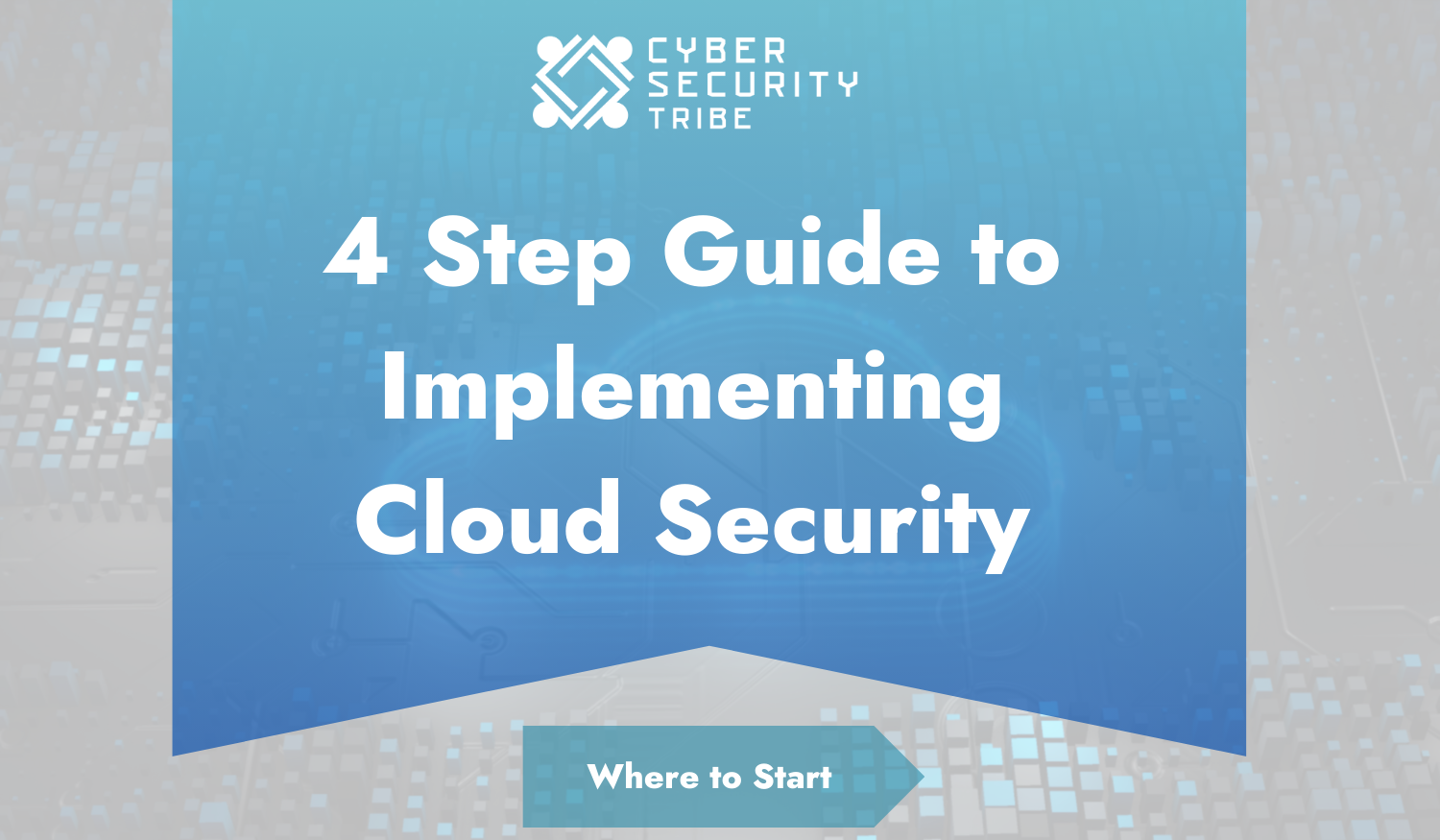The First Step when Implementing Cloud Security: Strategy and Skills
In this digital era, where data breaches and cyber attacks have become a constant threat, organizations must prioritize the security of their cloud infrastructure. The benefits of migrating to the cloud are undeniable - enhanced flexibility, scalability, and cost-efficiency - but without adequate security measures in place, businesses expose themselves to potential risks and vulnerabilities.
By implementing robust cloud security measures, organizations can not only mitigate these risks but also enhance their overall cybersecurity posture. This entails adopting a multi-layered approach that encompasses various elements such as data encryption, access controls, regular security assessments, and employee awareness training. It is crucial for businesses to have a comprehensive understanding of the unique security challenges posed by cloud computing and to tailor their security strategies accordingly.
This article, an extract from the 4 Step Guide to Implementing Cloud Security, explores the first step required when implementing cloud security within your organization.
Establish Cloud Security Strategy
Cloud is an emerging and continually developing technological area. Creating a strategic plan will help your organization progress and continually improve and enhance its cloud deployment and take advantage of new services and capabilities for security. Cloud security strategic planning captures midrange actions and key decisions the enterprise makes on allocating resources to pursue specific security strategy capabilities derived from cloud business strategy. It also provides input to the near-term cloud security operational planning.
Select Framework and Assess Risk
- Cloud Provider Risk
Understanding which controls need to be implemented in the cloud can be challenging. This is because each cloud provider offers a different range of security capabilities, some managed by the provider and some left to the customer to implement. Alongside this problem, each organization has its own risk appetite and, hence, its own security requirements to implement. Each cloud model (IaaS, PaaS or SaaS) has different security control ownership, as well as different approaches to how those controls will be implemented.
- Customer Cloud Risks
Once the cloud provider’s side of the division of responsibility model has been addressed, clients must focus attention on how to manage risk and compliance on their side. Cloud customers must clearly identify the security requirements that they are responsible for implementing over and above the cloud provider’s security control implementations. A security risk framework can provide structure for defining clear security needs and the means to support security architecture processes later. Using a risk framework will help formalize your approach to risk while providing consistency to cloud provider deployments.
Develop Cloud Security Skill Sets
Implementing security in the cloud requires a change of mindset and demands new skills spanning strategy, leadership, operational and technical security areas. Cloud security spans multiple disciplines, all of which are necessary to address risks, prevent intrusions and deter threats. The different modalities of cloud (IaaS, PaaS and SaaS) deployed in single and multi-cloud implementations will require cloud teams to acquire a host of new skills. Skill sets need to focus on core security capabilities such as native tooling in IaaS, PaaS and SaaS as well as CASB and CNAPP capabilities.
Takeaways
Understanding an organization's business requirements, establishing a comprehensive strategy, and acquiring the necessary skills are paramount when implementing cloud security. The dynamic nature of cloud technology calls for constant adaptation and a proactive approach to security. By taking these steps, organizations can navigate the complex cloud landscape with confidence, ensuring the safety and security of their digital assets in an increasingly interconnected world.
In the subsequent stages of our "4-Step Guide to Implementing Cloud Security" we delve deeper into the intricacies of cloud security implementation, exploring the remaining three stages: Design and Architect, Implementation, and Operationalize.

4 Step Guide to Implementing Cloud Security
Download Your Copy Today
Share this
You May Also Like
These Related Stories

7 Considerations When Implementing Cloud Security Architecture

AI Is Reshaping Data Security: What Security Leaders Must Prioritize Now


